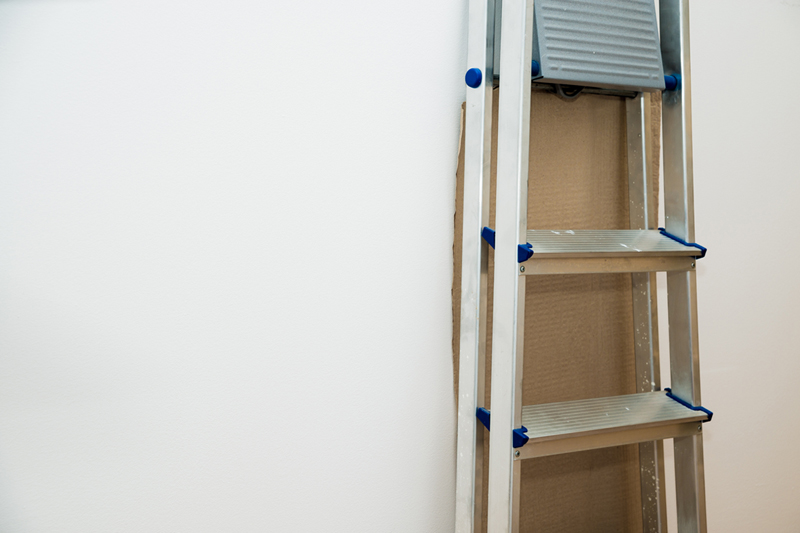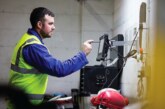
In the workplace, one of the biggest causes of fatalities and major injuries is working at height. Common cases include falls from ladders and through fragile surfaces. HSE discusses the safety precautions that must be taken when planning jobs that require workers to work from dangerous heights.
‘Working at height’ means work in any place where, if there were no precautions in place, a person could fall a distance liable to cause personal injury (for example, a fall through a fragile roof).
Employers can take simple, practical measures to reduce the risk of any of their workers falling while working at height. For example, work must be properly planned, supervised and carried out by competent people with the skills, knowledge and experience to do the job. On top of this, the right type of equipment for working at height must be used.
Take a sensible approach when considering precautions. Low-risk, relatively straightforward tasks will require less effort when it comes to planning and there may be some low-risk situations where common sense tells you that no particular precautions are necessary.
Control measures
First, assess the risks. Factors to weigh-up include the height of the task, the duration and frequency, and the condition of the surface being worked on.
Before working at height, work through these simple steps:
- Avoid working at height wherever it’s reasonable to do so
- Where work at height cannot be easily avoided, prevent falls by working in an area that has already been proven to be safe, or by using the right type of equipment
- In situations where the risk seems impossible to eliminate, minimise the distance and consequences of a fall by using the right type of equipment
For each step, always consider measures that protect everyone at risk (collective protection) before measures that only protect the individual (personal protection).
In regards to collective protection, use equipment that doesn’t require the person working at height to act for it to be effective. For example, use permanent or temporary guardrails, scissor lifts or tower scaffolds.
Personal protection is equipment that requires the individual to act for it to be effective. An example is an individual putting on a safety harness correctly and connecting it, with an energy-absorbing lanyard, to a suitable anchor point.
What to do and what not to do when working at height
Do:
- As much work as possible from the ground
- Ensure workers can get safely to and from where they work at height
- Ensure equipment is suitable, stable and strong enough for the job, and is maintained and checked regularly
- Take precautions when working on or near fragile surfaces
- Provide protection from falling objects
- Consider emergency evacuation and rescue procedures
Don’t:
- Overload ladders – consider the equipment or materials workers are carrying before working at height. Check the pictogram or label on the ladder for information
- Overreach on ladders or stepladders
- Rest a ladder against weak upper surfaces (e.g. glazing or plastic gutters)
- Use ladders or stepladders for strenuous or heavy tasks, only use them for light work for a short duration (a maximum of 30 minutes at a time)
- Let anyone who is not competent (who doesn’t have the skills, knowledge and experience to do the job) work at height








